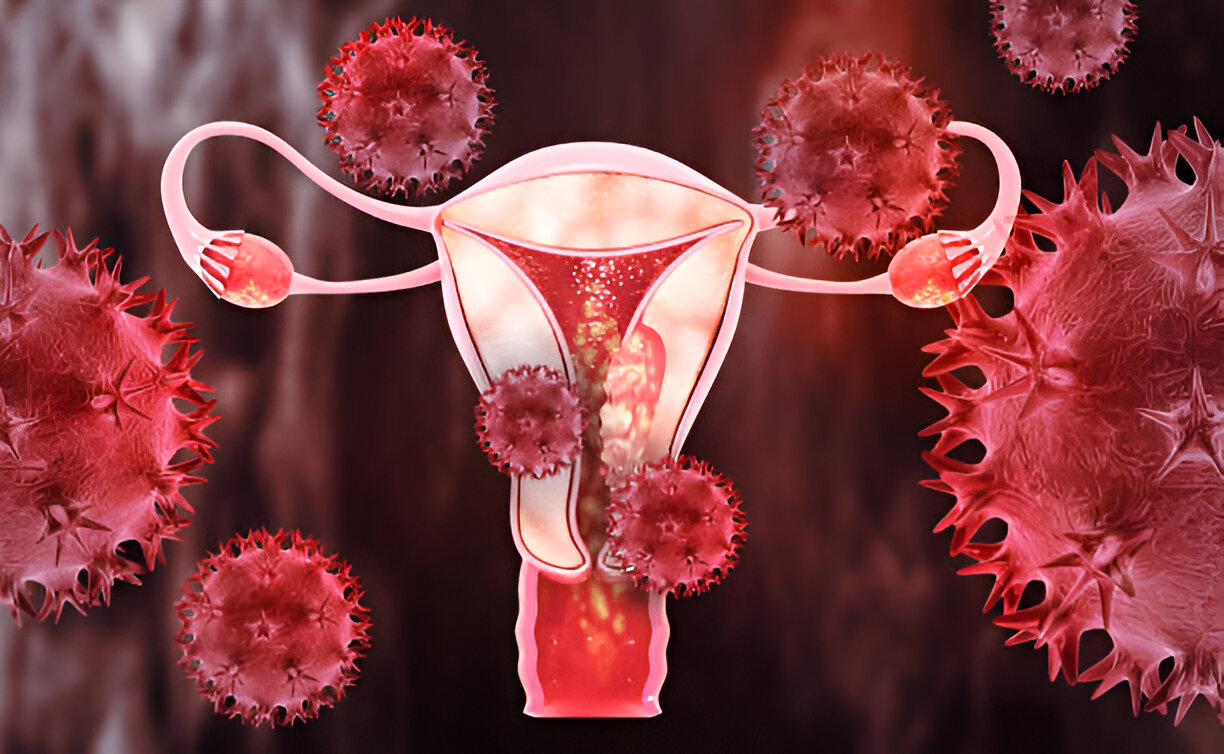Endometriosis Care: Understanding, Managing, and Treating a Complex Condition
Endometriosis is a chronic condition that affects millions of people, predominantly women, worldwide. Characterized by the growth of endometrial-like tissue outside the uterus, it often leads to painful symptoms, fertility challenges, and impacts on mental health. With the right knowledge, support, and medical intervention, endometriosis care can be optimized to manage symptoms effectively and improve quality of life.
Understanding Endometriosis
Endometriosis occurs when tissue similar to the uterine lining grows outside the uterus, often in areas like the ovaries, fallopian tubes, and the lining of the pelvic cavity. These misplaced tissues react similarly to menstrual cycles, thickening, breaking down, and bleeding with each cycle. However, unlike the uterine lining that sheds during menstruation, this tissue has no exit route, causing inflammation, scar tissue, and adhesions, which can be extremely painful. The condition is associated with various symptoms, including:
- Severe pelvic pain, especially during menstruation
- Heavy periods or bleeding between cycles
- Pain during or after sexual intercourse.
- Bowel and urinary discomfort.
- Fatigue, bloating, and digestive issues.
Despite its prevalence, the exact cause of endometriosis remains unknown. Genetic factors, immune dysfunction, and hormonal imbalances are suspected contributors. The delay in diagnosis, often several years, can exacerbate symptoms and affect physical and emotional well-being.
Key Components of Endometriosis Care
Endometriosis care requires a multifaceted approach that combines medical treatments, lifestyle adjustments, and emotional support.
1. Diagnosis and Regular Monitoring The diagnostic process for endometriosis can be complex. While symptoms provide clues, a definitive diagnosis often requires imaging tests (like ultrasound or MRI) and sometimes a laparoscopy. This minimally invasive surgical procedure allows doctors to examine pelvic organs. Regular follow-ups are essential for monitoring symptom progression and assessing treatment efficacy.
2. Pain Management Pain is the most common symptom and can be managed with various strategies:
- Medication: Non-steroidal anti-inflammatory drugs (NSAIDs), such as ibuprofen, can help relieve mild to moderate pain. Hormonal therapies, like birth control pills or gonadotropin-releasing hormone (GnRH) agonists, can reduce pain by suppressing ovulation and lowering estrogen levels.
- Complementary Therapies: Some individuals find relief through acupuncture, physical therapy, and mindfulness techniques. Regular gentle exercises, such as yoga and stretching, may reduce pain by improving circulation and relieving tension.
3. Hormonal Treatment Since endometriosis growth is often fueled by estrogen, hormonal treatments can reduce symptoms. Options include birth control pills, progestin therapy, and intrauterine devices (IUDs). These therapies help manage endometriosis by preventing the monthly buildup of endometrial tissue.
4. Surgical Intervention For those with severe pain unresponsive to other treatments, surgery might be recommended to remove as much endometriosis tissue as possible. Laparoscopic surgery is the preferred method, as it’s minimally invasive and can significantly reduce pain for many people. However, surgery is not a permanent cure, and symptoms may recur, necessitating additional interventions.
5. Emotional Support and Mental Health Living with a chronic condition like endometriosis can be emotionally taxing. Counseling, support groups, and even online communities offer valuable resources for those coping with chronic pain and fertility challenges. Mindfulness practices and stress-relief techniques, such as meditation, may also be helpful.
6. Lifestyle Adjustments Dietary changes, exercise, and adequate sleep can support endometriosis management. Reducing red meat intake, increasing fiber, and incorporating anti-inflammatory foods like fruits, vegetables, and omega-3 fatty acids may help alleviate symptoms. Maintaining a balanced lifestyle and stress-management practices can also aid in overall wellness.
Final Thoughts
Endometriosis care is about finding a balance that works for each individual. While there is no cure, a combination of medical treatments, lifestyle changes, and emotional support can make a substantial difference. Early diagnosis, patient education, and a comprehensive approach to management empower those with endometriosis to live fulfilling lives. Consulting with healthcare professionals and exploring various treatments tailored to individual needs is vital in navigating the journey with endometriosis effectively.
